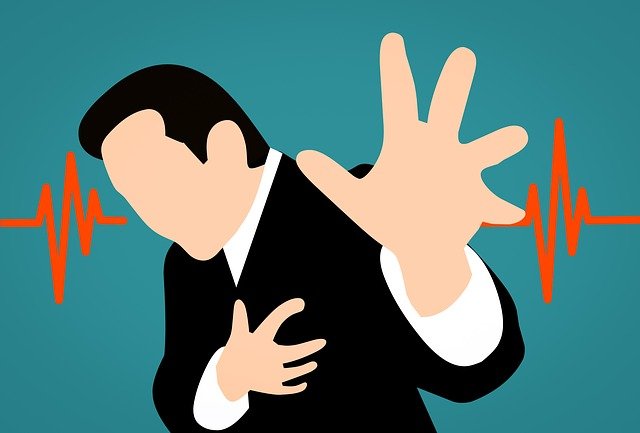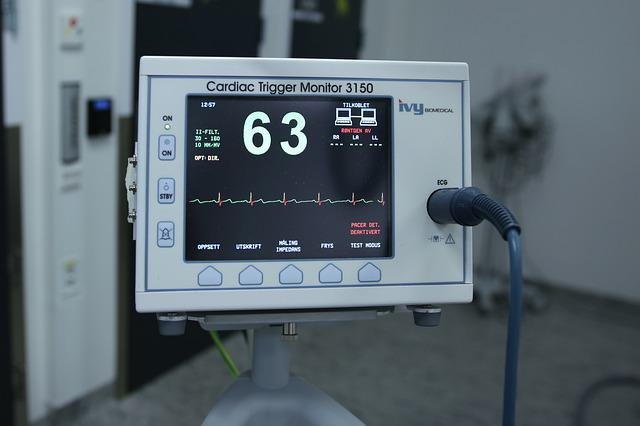Biofabrication Of Artificial Heart: Advancement In Cardiac Sciences
I know that when most regular people hear the word, heart - LOVE comes to mind. We hear poetic words like you've stolen my heart away, or please keep my heart safe. Some people take it further poetic don't make my heart cry. Wow, we must admit that love is a beautiful thing and can make people say all sorts of unbelievable things. But down to sciences and biology, when you were in school I'm pretty sure most people did not like the study of the heart.
As for me, the drawing of the heart was one of my hardest tasks ever. Hmm, very complex. In reality, our heart beating is the one thing that is keeping us alive. So I'm sure that you'll agree with me that it's a topic to be taken a little more seriously. Research has been going on about the heart, as heart disease is one of the leading cause of death in most parts of the world.
Here's the thing, if other organs of the body have problems, they actually can fix themselves, like recover itself. But for the heart, if there's a problem, usually it cannot fix itself - that problem will be stuck with such a person until a solution is found or the problem overwhelms. For this reason, you understand why scientists are working tirelessly, looking for ways to engineer the tissues of the heart and stop many cardiac deaths.
As you've probably seen in a science book before, the structure of the heart is complex. It's not that love symbol you can sketch in a blitz, it's more complex. In order for scientists to solve this problem, they have to recreate the heart in every single bit, to completeness. They'll have to build the helical geometries. What the helical geometries does is cause the twisting motion of the heart. When our hearts pumps it twists in the process.
If the heart doesn't twist while it pumps, it cannot pump blood at high volumes. This has been the main issue scientists have been combating for the longest time now. For the first time ever, bioengineers of the School of Engineering and Applied Sciences (SEAS) have created a biohybid heart. That's a great step for the world in the area of heart science. It's been confirmed that the biohybrid heart has the helical geometries aligned properly and twists.
Parker, who is a Professor of Bioengineering and Applied Physics at SEAS had this to say about the research work "This work is a major step forward for organ biofabrication and brings us closer to our ultimate goal of building a human heart for transplant". Some long time ago, in 1669, a physicist called Richard Lower, was the first to observe and talk about the helical geometries of the heart - the twists and muscles involved with each contraction.
That's some like 300+ years ago that Richard Lower made mention of this, and ever since then, the works have been going on to make sure that humans can have a biohybrid heart transplant if needed. It's been really a very challenging problem to solve and until now not very major progress has been made in this area. Also in 1969, Edward Salin, a Biomathematician , also further made studies and works on the helical geometries of the heart.
Huibin Chang, at SEAS also said "With FRJS, we can recreate those complex structures in a really precise way, forming single and even four chambered ventricle structures." FRJS stands for - Focused Rotary Jet Spinning. It was with the use of FRJS that this was able to be possible, as it was able to recreate collagens of the heart quickly in a single day. Before now, this process scientists say, can take one hundred years to create.



Great article!
!1UP
Thanks for commenting.
You have received a 1UP from @kwskicky!
@stem-curator
And they will bring !PIZZA 🍕.
Learn more about our delegation service to earn daily rewards. Join the Cartel on Discord.
PIZZA Holders sent $PIZZA tips in this post's comments:
@curation-cartel(15/20) tipped @greatideas (x1)
Please vote for pizza.witness!
Thanks for your contribution to the STEMsocial community. Feel free to join us on discord to get to know the rest of us!
Please consider delegating to the @stemsocial account (85% of the curation rewards are returned).
Thanks for including @stemsocial as a beneficiary, which gives you stronger support.
Thanks.